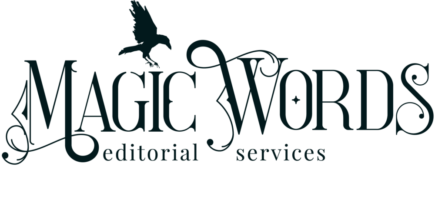
7 Ways a Manuscript Assessment Can Improve Your Book
You’ve typed “THE END” on your first draft—hooray! Maybe you’re finishing up the project you started during NaNoWriMo (or several NaNos ago), or you’ve been furiously working on this brilliant idea for many months or years.
OR—you’re only halfway through your first draft. Maybe you’re stuck on a plot issue, or you’re trapped in the muddy middle and can’t find your way out.
Perhaps you’ve even rewritten and revised that story a few times and beta readers are telling you there are problems—but not what they are or how to fix them.
All three of these scenarios have one thing in common: they’re all projects real-life clients of mine have brought to me for a Story Diagnostic—my fancy-pants name for a manuscript assessment.
Q: What’s a manuscript assessment, and what does it do?
A: So glad you asked! Here are seven ways a manuscript assessment can help improve your book.
NOTE: A manuscript assessment is the same thing as a manuscript evaluation, manuscript critique, or structural report. It is not the same as a developmental edit, which is more in-depth and often provides a book map.
A manuscript assessment can:
GIVE OVERALL GUIDANCE
Just want to know whether a story is headed in the right direction? A manuscript assessment would be perfect for that.
A manuscript assessment is concerned with the big-picture issues of the overall book’s craft: plot, characterization, pacing, structure, narrative, and the like. And, while a manuscript assessment is not as detailed and thorough as a true developmental edit, it’s great for getting overall information and guidance on where a story might have gone off the rails and how to fix those issues.
Some editors and writing coaches won’t provide a manuscript assessment on a book that isn’t finished—I’m not one of them.
I’ll assess all drafts of any length and level of “doneness” for this reason: having a professional’s opinion at any stage of the writing process can give you the confidence you need to continue writing a half draft or the constructive feedback necessary to know when to shelve that idea and move on to something else. That can save you so much valuable time and angst, so it’s worth it to me to help you in that way.
PROVIDE A SECOND SET OF EYES
A manuscript assessment can provide “a second set of eyes” to help you find and fix plot holes, identify unanswered questions a sharp reader might notice, or help flesh out that one character who doesn’t seem to add much (but you just can’t get rid of him because he’s so cool).
How would this aspect of a manuscript assessment be an improvement over beta readers? First, a manuscript assessment is done by a professional who more than likely has extensive writing-craft training. Second, beta readers are great at pointing out story issues—but usually not so great at offering suggestions for fixing them.
Some editors will identify craft issues but not offer solutions in a manuscript assessment. I prefer to give at least general strategies for smoothing craft issues that are practical and actionable so my writers have some idea of what to do after the assessment.
GENERATE IDEAS OR EVEN AN OUTLINE
If you’re wallowing in the muddy middle of a book you’re otherwise excited about and need some ideas to get unstuck, a manuscript assessment would be a perfect solution. Sometimes the reason you’re stuck is you’re too close to the work to see the way out. An objective read-through from a professional with the right distance to offer solutions might be just what you need.
I’ve provided step-by-step outlines in my diagnostic letters for struggling authors that have helped them generate brilliant solutions to these sticky dilemmas—perhaps that might work for you, or maybe just a couple of paragraphs of ideas would be sufficient. The beauty of a manuscript assessment is it can be tailored for what you need.
REVIEW STORY CONVENTIONS
You might know exactly what audience will love your book but have no idea what genre applies. Or maybe you’re sold on the genre, but are unsure if the story is more NA or YA. A manuscript assessment can evaluate typical characteristics of both genre and audience and help you pitch it to the right niche.
IDENTIFY WRITING ISSUES
Every writer has blind spots—quirks that creep into their syntax or spelling habits that persist across a manuscript. If requested, a manuscript assessment is the perfect place for me to point out the recurring habits I see in your writing to make you aware of them ahead of a final draft (which will make your line/copyeditor super happy).
TRIM YOUR WORD COUNT
Trying to make a word-count goal? A manuscript assessment is a perfect vehicle for an editor to offer ways to add or subtract words to meet a specific count, either by fleshing out or cutting certain scenes, characters, story arcs, or backstory.
FIND A PUBLISHING PATH
One aspect of a manuscript assessment that first-time authors greatly appreciate is feedback from a professional on the right publishing path for their book—self or traditional. When requested, I’ve even offered strategies for rewriting or revising to make a solid, well-written story on the path to self-publishing into one that would appeal to literary agents.
BONUS ROUND
Here’s a bonus advantage of starting off your book’s editing journey with a manuscript assessment. Since they typically cost much less than a full developmental edit, an assessment can be budget-friendly option for an author to get a feel for working with a certain editor before springing for a full developmental edit. Some developmental editors will even take the cost of the assessment off the price of the full dev edit.
Here are some things a manuscript assessment is NOT:
• A line-by-line edit to fix language or grammar: it’s important not to expect an editor to provide in-manuscript corrections of your grammar, syntax, spelling, or punctuation in an assessment. They’ll be focusing on big-picture issues only
• A full developmental edit: an assessment typically does not include a book map, and the editorial letters are much shorter. They also won’t address every single issue facing your book’s development—usually just the most pressing.
• Appropriate if you’re not prepared to do extensive revision: if you’re not willing or able to make deep revisions to your story based on what the assessment tells you, don’t waste your time and money on one.
• Appropriate if you can’t hold an open mind about every facet of the book: if you’re not willing to hear criticism about any or all aspects of the book, even those special darlings you’re absolutely in love with in your story, don’t put yourself through an assessment. Sometimes those darlings are what an objective outside perspective will flag as problems.
Think a manuscript assessment is just what your book needs? Take a look at my Story Diagnostic service, and get a sneak peek at the diagnostic letter I provide with the service by downloading a sample here. Or combine your Story Diagnostic with a line or copyedit in a Full Editing Journey, my premier combination editing package.




